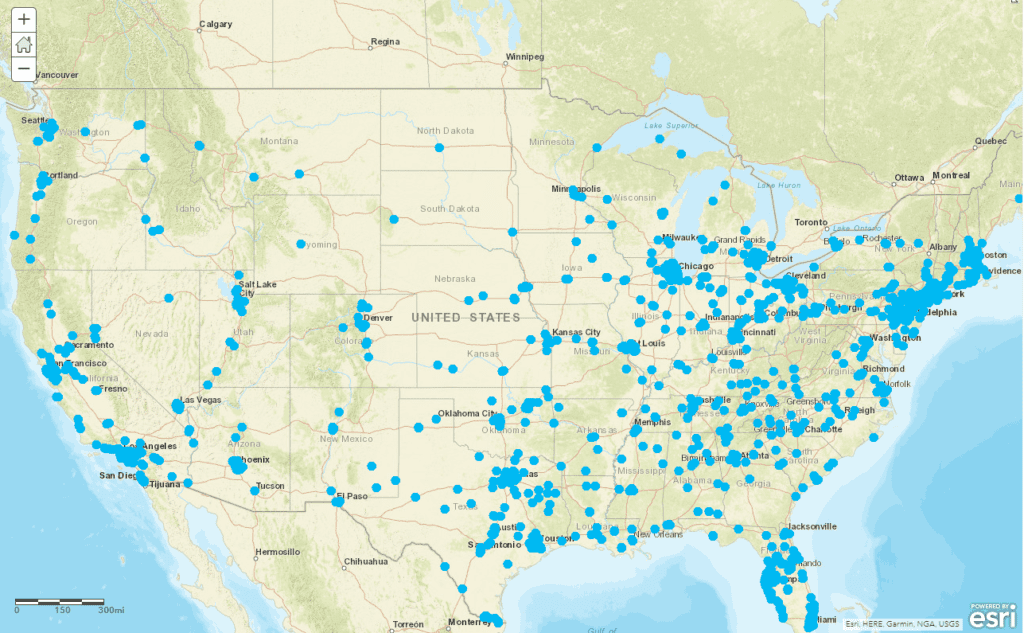The initial performance period for the Centers for Medicare & Medicaid Services’ (CMS) new voluntary episodic payment model, Bundled Payments for Care Improvement Advanced (BPCI-A) commenced October 1, 2018, and will continue through December 31, 2019. On October 10, CMS published a complete list of all 1,299 BPCI-A Participants, including details on all Episode Initiators and selected episodes.
Key Players
As a quick reminder, here are the key players in BPCI-A and the role played by each:
A Participant is a single entity that enters into a BPCI-A Participation Agreement with CMS. If actual expenditures for selected episodes are lower than the target price, CMS pays the difference to the Participant; if higher, CMS looks to the Participant for repayment. There are two types of Participants: Conveners and Non-Conveners.
A Convener is a Participant that brings together one or more acute-care hospitals or physician practice groups (PGPs) as Episode Initiators. A Convener does not have to be a Medicare-enrolled provider. In fact, many Conveners are third-party management companies that recruit Episode Initiators to participate in BPCI-A. These Conveners then assist these providers in managing selected episodes in exchange for a portion of any reconciliation payment received from CMS.
A Non-Convener is a Participant that is itself an Episode Initiator and bears its own financial risk under the BPCI-A model.
Participants
For BPCI-A’s initial performance period, 1,037 of the BPCI-A Participants (80%) are Conveners. Only 7% of these Conveners are Medicare-enrolled providers; the rest are management companies, group purchasing organizations, accountable care organizations, integrated networks, or similar entities.
There are only 94 unique organizations participating in BPCI-A as Conveners; most have signed multiple Participation Agreements with CMS. For example, one management company serves as the Convener for 64 different groups of Episode Initiators.
Given the short application period for the first round of BPCI-A, and the fact Participants are immediately subject to downside risk, it is not surprising many hospitals and physician groups aligned with Conveners. And, given the fact a BPCI-A Convener cannot delegate more than 50% of downside risk to its participating providers (thus requiring a Convener to have significant financial reserves), the high concentration of Conveners is not surprising, either.
Only 262 of the 1,299 BPCI-A Participants (20%) are Non-Conveners. The Non-Conveners are almost equally split between acute-care hospitals (48%) and physician group practices (52%).
Episode Initiators
A total of 1,548 unique Episode Initiators are participating in BPCI-A’s initial performance period. By definition, a Non-Convener is a single Episode Initiator. Conveners have an average of 1.24 Episode Initiators per Participation Agreement.
There is a broad geographic distribution of BPCI-A Episode Initiators with larger clusters around major population areas (the Northeast, Florida, Texas, the Great Lakes Region, and the West Coast). Each blue dot on the map indicates an Episode Initiator.

Clinical Episodes
There were 44 different Episode Initiators that elected to participate in all 32 clinical episodes. Conversely, 250 Episode Initiators selected a single clinical episode. Episode Initiators selected an average of 8.3 clinical episodes.
The total number of active clinical episodes is 12,908. Of those episodes, 2,969 were selected by Non-Conveners (23%) and 9,939 were selected by Conveners (77%), meaning Non-Conveners on average selected slightly more episodes than Conveners.
Major Joint Replacement of the Lower Extremity was the most frequently selected clinical episode. The top 5 episodes comprise more than one-quarter of all active clinical episodes.

Double joint replacement of the lower extremity was the least selected clinical episode. The 5 least selected episodes equal less than 8% of all active clinical episodes.

Top 5 Conveners
At 6,960 combined clinical episodes, the top 5 Conveners (by number of clinical episodes) account for 54% of all BPCI-A episodes and 70% of all convened episodes.

Now What?
With the first episodes now underway, Participants are pursuing tactics to reduce episodic costs, using CMS-provided claims data as their measure of performance. If that data indicates unfavorable results, Participants will have the opportunity to retroactively withdraw all or some Episode Initiators and/or clinical episodes in March 2019 (albeit with some limitations on participation in subsequent rounds of BPCI-A), thus avoiding any downside risk. For those Participants that selected certain clinical episodes with some hesitation, the pressure is on to engage clinicians and implement measures to determine whether there is a real possibility of success.
The second BPCI-A performance period is set to commence January 1, 2020, with the application period starting in late spring 2019. Given CMS received approximately 5,000 applications for the first performance period, and only 1,299 Participants eventually signed Participation Agreements, it is likely many hospitals and physicians opted for a wait-and-see strategy. Thus, if initial results reported in early 2019 are favorable, the program likely will expand significantly in the second performance period. Otherwise, CMS may have to revise the program to attract more participants.
To learn more about BPCI-A and other episodic payment models, contact one of our PYA executives below at (800) 270-9629.
© 2018 PYA
No portion of this article may be used or duplicated by any person or entity for any purpose without the express written permission of PYA.


